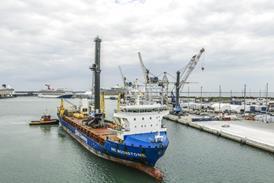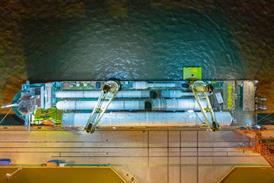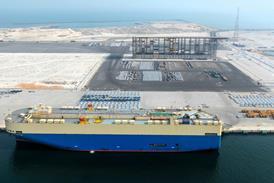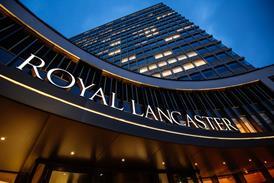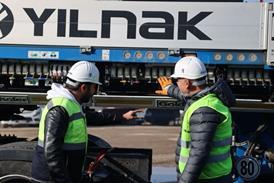Gateway Basel Nord and the Swiss Rhine ports are planning to develop a transhipment terminal in Basel to shift freight traffic from road to rail.
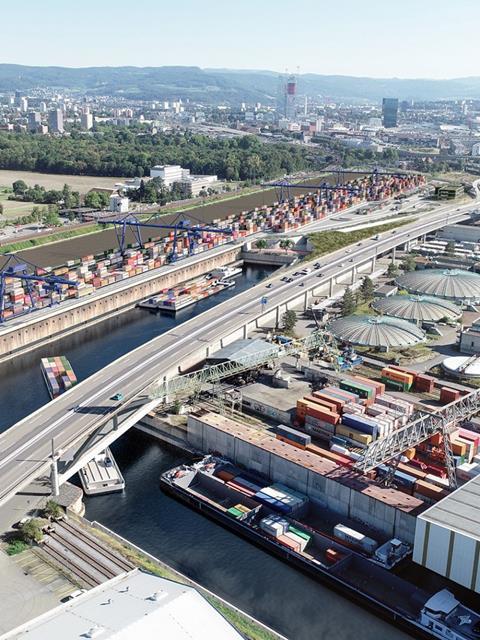
The main north-south axes of road, rail and waterways meet at the Basel Rhine ports. 92 percent of the containers arriving here by ship are currently transported onward by road, while only eight percent are loaded onto rail.
Andreas Stöckli, member of the Rhenus Group board, said that with the establishment of Gateway Basel Nord, at least 50 percent of those containers would be transported by rail in future. “This will save 100,000 truck journeys a year and reduce noise, air pollution and greenhouse gases,” he said.
Until 20 years ago there was a Deutsche Bahn marshalling yard where the new transhipment terminal is to be situated. After it was closed down, numerous animal and plant species settled there and a 20 ha dry meadow and pasture area was created. In order to redevelop a new terminal, the law requires those responsible to find an equivalent replacement. The compensation measures are subject to strict legal requirements.
Gateway Basel Nord and the Swiss Rhine ports have developed a concept that will upgrade areas in Basel and the surrounding area to new dry grassland sites. The conservation areas will be four-times larger than the proposed transhipment terminal and port basin 3. A corridor will be left adjacent to a nearby railway line to allow species to migrate to the Upper Rhine plain.
“The ecological concept for the trimodal terminal Gateway Basel Nord shows that we are aware of our responsibility to strengthen the migration corridors in the Upper Rhine plain and to promote dry-warm habitats in the region,” added Stöckli.

